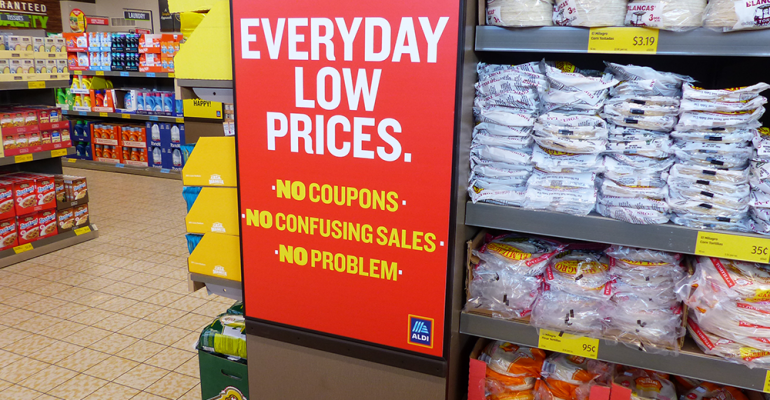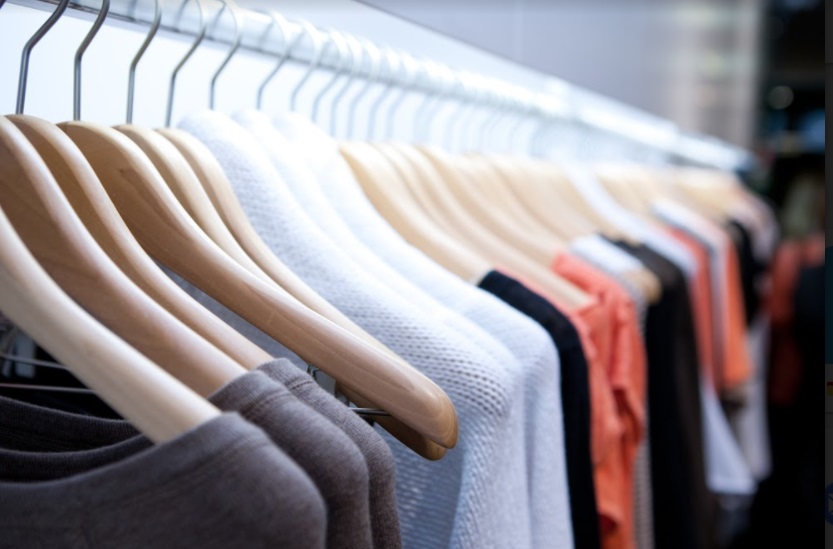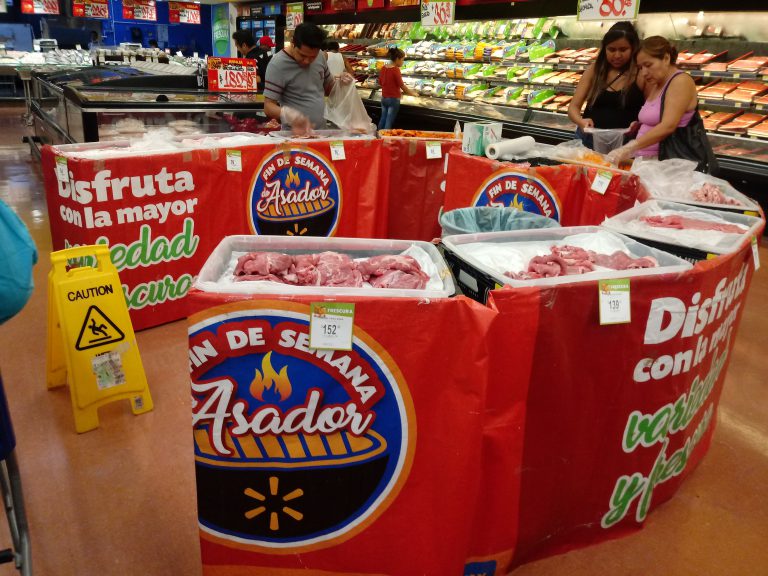
When I read the IHL report that Out-of-stocks could be costing retailers $1T, I was amazed to see the numbers behind this age-old problem. Considering that IHL’s definition of out of stocks considers in-store issues as well, the number starts to make sense. During my time with different CPG companies, we knew that poor in-store execution leads to loss of sales for both the supplier and the retailer. In this blog, I will share a very recent personal experience where both retailers and suppliers lost sales because the promotional price tag on my favorite orange juice brand was missing.
Promotion Execution: Price Tag Mismatch For My Favorite Orange Juice Brand
My wife and I drink Florida’s Natural Orange Juice (No Pulp). This is a part of our repertoire of breakfast juices with other options being a blueberry juice from a local company and fresh coconut juice.

Florida’s Natural Juice normally retails for Baht 159 for a 1000 ml bottle at the regular supermarket that my wife and I frequent on a weekly basis. During a trip earlier in March 2020, we saw this promoted on the shelf at a special price of Baht 99 which was a great bargain. We immediately bought 3 bottles and ended up consuming this on a daily basis. So, we were ready to stock up on Florida’s Juice on our next shopping trip but found to our dismay that the shelf price had changed back to the normal price of Baht 159. We ended up buying the usual 1 bottle.
After completing the rest of our shopping, we went to the check-out and when the cashier scanned our purchases, I saw that Florida’s Juice was charged at Baht 99 (& not at the shelf price of Baht 159). As Bangkok was under a partial shut down and checkouts were not fully staffed, we did not want to hold up the rest of the shoppers to make a bee-line to the juice shelf to buy more bottles – we ended up with just that 1 bottle.
I mentioned this to the store manager who was a nodding acquaintance and related my disappointment in not being able to buy more bottles of the juice as the shelf pricing was wrong. He profusely apologized and promised to look into this matter. He offered to send his staff to get more bottles but as we were in a hurry, we did not take up his offer.

Impact of Poor In-Store Promotion Execution
In my case, Florida’s Juice was already in my “brand set” and hence the main loss to the brand owner was in increasing my basket size which would have come at the expense of one of their competitors. But if I were not a user of this brand (price possibly being a barrier apart from lack of familiarity with the brand), the brand owner’s loss could be potentially more long term as they failed to gain new users who may have been attracted to the brand if the promo price had been advertised properly on shelf.
In the case of the retailer, they lost the opportunity to increase the basket size from exiting Florida Juice users like me & possibly attracting new users which would have helped them in their quest for “premiumization” of the category so that the ROI for the shelf space would have been significantly increased.
And for the brand owner, the key objective of the promotion, given that the price was extremely attractive, would possibly have been to gain market share through
- increasing basket size & pantry pressure of existing consumers leading to a possible increase in per capita consumption and
- bringing in non-users of the brand who could be attracted to try due to the attractive pricing
By not landing the promo pricing properly, they possibly lost the opportunity to achieve the above objectives that could have possibly led to long term share gain with wider penetration for the brand.
Poor execution = Lost sales
Fixing the Issue: Regular Store Audits Using Image Recognition

After my experience above, I thought of the ShelfWatch imaging app which I have been associated with since the beginning of this year. If the brand owner or the retailer had deployed the app and was using it regularly during store checks, one of the store staff or brand owner’s merchandiser would have fixed the problem at the start of the day.
While the concept of store audits has existed for a while, they are mostly done manually and the data is often not reported or the validity of the data is questionable unless someone cross-references the data reported by the field staff with the store photos submitted by them. Technologies like Image Recognition can automate the entire process of store audit making it fast and reliable.
Using ShelfWatch, store staff or merchandisers can take photos of the shelf and submit them to be processed by an Image Recognition algorithm running in the cloud server. Within minutes, they receive a list of action items to fix based on a picture of success set in the system by the retailer or brand owner. Detailed reports and insights are then made available to the HQ team in a management dashboard to help them understand sales drivers, and optimize their shelf strategy.
Deploying Image Recognition technology has dual benefits:-
- it reduces the time it takes to do store audits so that the field reps or store staff can focus on other valuable tasks
- it improves in-store execution reducing the loss of sales due to poor in-store execution.
Nailing in-store execution is very important, especially in today’s economic environment when consumers will be more price-conscious than ever and could switch to some other brand that is on promotion.
Liked the blog? Read how ShelfWatch can help you improve merchandising compliance.
- Author
- Recent Posts
(see all)
- The Retail Execution Heroes: Saluting the CPG/FMCG Frontline Soldiers - January 25, 2021
- Managing In-Store Execution During Crises - April 8, 2020
- Case of Orange Juice and The Importance of In-Store Execution - April 2, 2020



